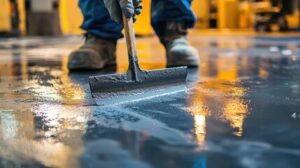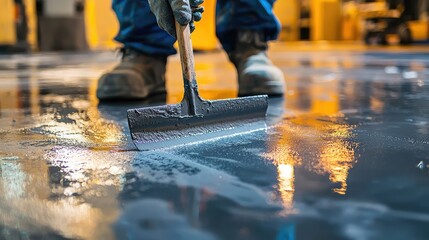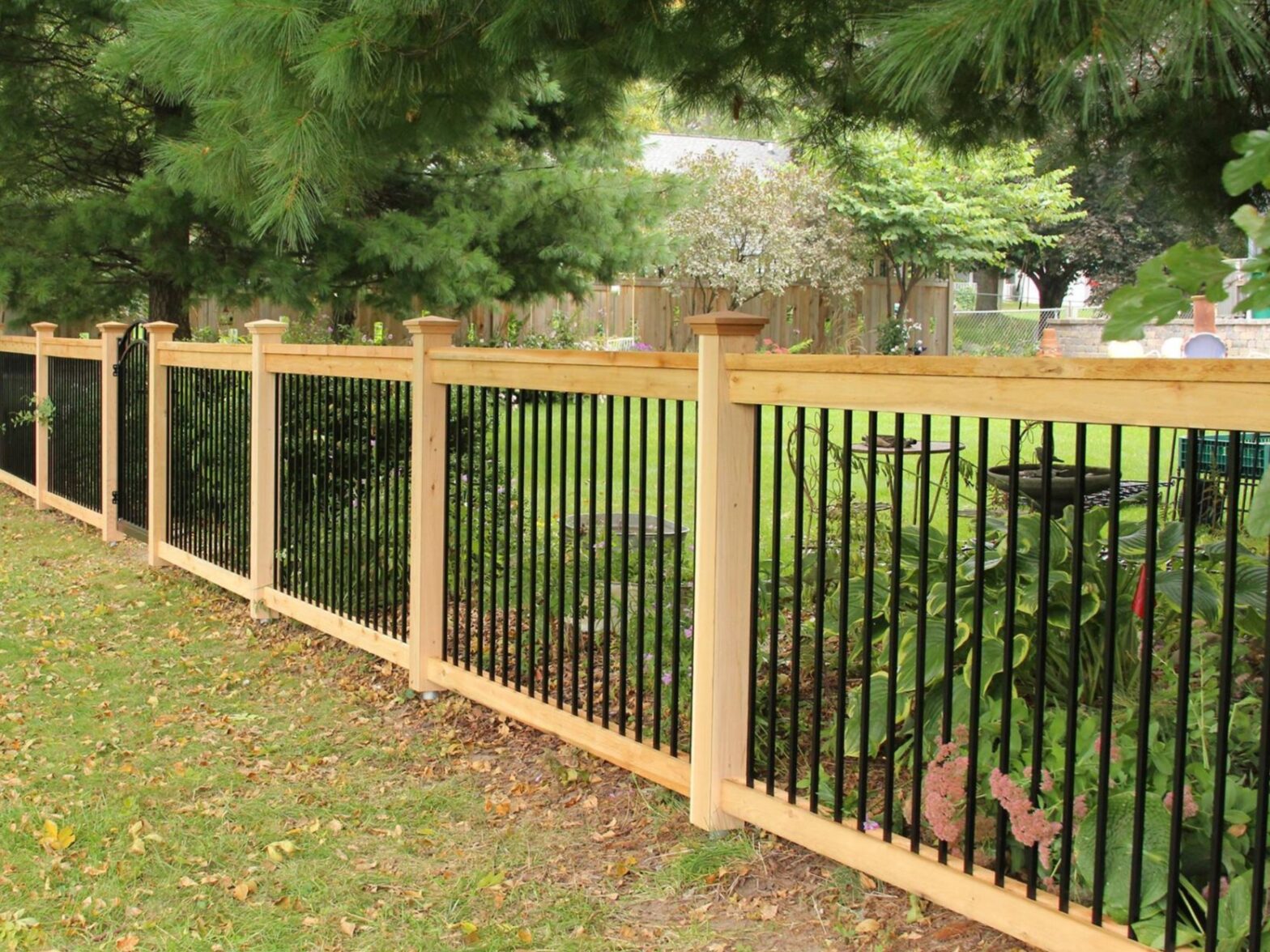Uneven concrete surfaces are more than just unsightly; they can also present tripping hazards. Fortunately, Concrete Leveling Services can fix these problems without the need to tear out and replace existing concrete.
You may notice signs of uneven concrete if it rocks when walked or driven over, or if water pools around the foundation. Other less obvious warning signs include:
Concrete leveling is a safe, efficient, and cost-effective alternative to tearing out and replacing sunken concrete slabs. It lifts uneven surfaces, restores their function, and improves the aesthetics of your home or business. Professionals use specialized equipment and advanced materials to ensure accurate results that last for years.
Uneven concrete is not only unsightly; it can also create trip hazards and lead to serious structural problems if left unattended. Uneven concrete is often the result of voids under the slab that have been caused by soil compaction, erosion, expansive clay soil, or poor installation. Poor drainage, tree roots growing near concrete slabs, and seasonal freeze-thaw cycles can also cause concrete to settle and crack.
Pouring new concrete over uneven concrete may seem like a quick fix, but it can actually exacerbate the problem and lead to additional sinking over time. The best way to level concrete is to fill the voids beneath it with a lightweight material that will not add extra weight to the soil.
Concrete leveling professionals use a process called polyurethane foam injection to precisely lift sunken concrete slabs back to their original position. The process begins by drilling penny-sized holes in the surface of the concrete. A mixture of sand, water, and cement is then pumped into the holes. The slurry expands to fill the voids and lifting the concrete to its proper position. Polyurethane foam is not only a lightweight, durable solution but it is also water-resistant, meaning it won’t erode or damage the surrounding soil.
There are other methods of concrete leveling that include mudjacking and stone grout concrete leveling, but they are usually more expensive than polyurethane foam injection. Mudjacking involves pumping a heavy mud mixture under the concrete to jack it up. This method requires a 2’’ hole to inject the material and can take hours for it to cure. Stone grout concrete leveling is a combination of mudjacking and polyurethane foam leveling, but it requires larger holes to inject the material and can take longer for it to fully cure.
If you have an uneven concrete surface, contact your local concrete leveling experts to request a free inspection and estimate. Concrete leveling services will repair your concrete and help protect your investment.
Safety
Concrete is a common construction material for sidewalks, patios, driveways, and slab floors due to its strength and durability. However, it can still succumb to damage over time due to weather conditions and soil erosion. Uneven and sinking concrete slabs are dangerous and pose tripping hazards, especially for children, the elderly, and individuals with mobility issues. Concrete leveling lifts sunken slabs back to their original position, reducing trip hazards and extending the life of the concrete surface.
In addition, leveling repairs sunken areas without tearing out and replacing the entire slab. This approach is faster and less costly than complete replacement and minimizes stress on the foundation of your home. Concrete leveling also addresses the root cause of unevenness, preventing future problems from arising.
While concrete leveling is an excellent repair solution for a number of problems, it isn’t appropriate for every situation. If a concrete slab is severely damaged, it’s better to consider full replacement to prevent further damage and prolong the lifespan of your home’s foundation.
Tripping hazards are the most common issue associated with uneven concrete surfaces, including walkways around homes, entryways, and garages. A small height discrepancy can easily lead to serious injuries, particularly for children and seniors. Concrete leveling eliminates tripping hazards and ensures a safe walking surface for everyone on your property.
Uneven walkways and patios can also lead to water pooling around the foundation of your home, which can cause foundation damage and basement leaks. Concrete leveling raises these slabs to direct water away from the home, minimizing these risks.
Uneven concrete can occur on both residential and commercial properties, and it’s important to act quickly when you notice the signs of damage. Contact a local expert as soon as possible to schedule an evaluation and discuss your repair options. This will give you a clear understanding of when concrete leveling is appropriate and help you decide on the best repair method. Whether you choose traditional mudjacking or modern methods like polyurethane foam injection, your expert will provide you with an accurate estimate for the repair project.
Efficiency
Concrete leveling is a process that lifts sunken and uneven concrete slabs. It is a more effective, less costly alternative to concrete replacement and can be used for sidewalks, driveways, garage floors and even basements. This specialized service addresses tripping hazards and structural problems, while improving the aesthetics of outdoor spaces.
To ensure the success of a concrete leveling project, the technicians must use high-quality tools and materials. These include a high-grade polyurethane foam and a premium primer. The latter helps prepare surfaces for the lifting procedure by enhancing the bonding of lifting materials with the existing concrete. The foam, meanwhile, offers superior durability and resistance to environmental stressors, preventing further damage to the surface.
Another critical factor is the knowledge of proper installation techniques. This involves understanding the specific conditions and requirements of each concrete leveling project, as well as determining which technique to use. Traditionally, mudjacking has been the preferred method, but newer methods like polyurethane foam injection are becoming more popular for their precision and less invasive approach.
Before the actual concrete leveling begins, the professionals must carefully inspect the site and assess the cause of the problem. They will then drill small holes into the sunken concrete and inject a specialized compound that fills and lifts the slabs. The concrete leveling process usually takes a few hours to complete. The drilled holes are then patched and sealed, leaving a clean and seamless result.
Proper maintenance practices can greatly extend the longevity of concrete leveling projects. This includes ensuring that the area drains properly to prevent water buildup and soil erosion beneath the concrete slabs. It is also a good idea to seal the concrete every couple of years to protect it against moisture and stains.
Identifying when to perform a concrete leveling project is essential to maintaining your property’s safety and function. Observing any signs of uneven concrete, such as visible cracks or gaps in the ground, indicates that the area is shifting and needs to be addressed before it worsens. Addressing these issues promptly can save you money on more extensive repairs and improve your home’s value and curb appeal.
Longevity
Concrete leveling addresses the underlying issues that lead to sinking slabs, saving property owners money on costly replacement costs. Leveling also helps extend the lifespan of existing concrete surfaces, reducing the need for frequent repairs and minimizing damage that could require complete surface replacement. Considering these benefits, it’s no surprise that many property owners opt for concrete leveling over the more expensive alternative of full replacement.
A number of factors influence how long leveled concrete lasts. The quality of materials used during the leveling process is important, as is proper installation and maintenance. High-grade materials like polyurethane foam typically offer longer lifespans than traditional mudjacking materials that may be prone to moisture retention and subsequent settling. The condition of the soil beneath the concrete is also a key factor, as unstable or eroding soil can affect the longevity of lifted concrete.
Maintaining the integrity of concrete surfaces requires regular inspections to identify potential problems. For example, cracks or gaps between concrete and the ground are a clear indication that shifting has occurred. These issues should be addressed immediately to avoid more significant and costly repairs down the road.
The best way to ensure that concrete leveling services last as long as possible is by implementing preventative maintenance practices. This can include repairing cracks promptly, avoiding excessive pressure on the concrete, and keeping drainage systems clear. In addition, it’s important to limit the amount of time heavy vehicles or equipment are allowed on freshly leveled surfaces until they have fully cured.
Fall is an excellent season to carry out concrete leveling, as the mild temperatures and stable soil conditions make it easier for the compounds used in the lifting process to set and cure properly. Property owners can further enhance the longevity of their leveled concrete by implementing regular maintenance strategies, including cleaning and sealing cracks as needed.


